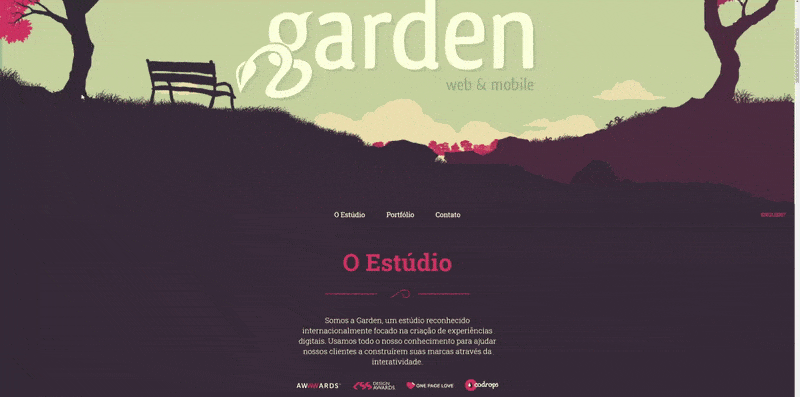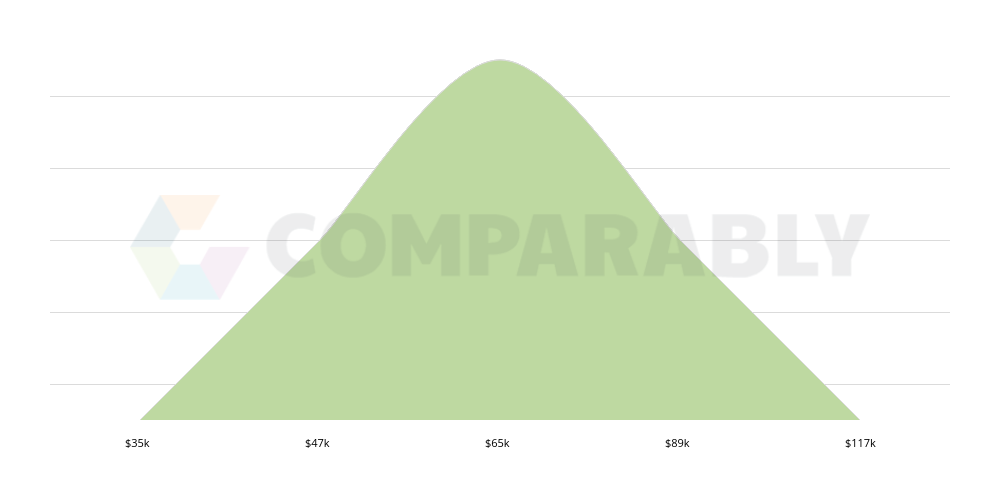
The development of a mobile app can be a difficult task. In fact, it can take between 3 and 8 months to complete the task. It can be hard to know if you should hire an app development company or outsource the project if you don't have a good understanding of the process. A smart business move is to hire an app developer if you want more revenue. But, it's essential to do your homework. The difference between a successful and unsuccessful project is how well you choose the right candidate. These are some tips to help you choose the right app developer for your project.
Decide the type of app that you wish to create. You can choose from native, hybrid, or web apps. The cost of the project will depend on which type of mobile apps you choose. You should also ensure that the app developer you choose has experience with the technology. If you don't, you may find that the project costs more than you budgeted for.
You can view a developer’s portfolio to get a better idea of his or her expertise. This will allow you to see what projects they have worked on as well as how much time they need to work on your project. Check out their social media pages and website for testimonials. You can also look for job openings on sites such as Hacker Noon, Medium, and Quora. Some recruiters don't always include all the factors so be sure to do your research.

Next, review previous clients. It is possible to sign a non disclosure agreement. This will ensure confidentiality. You will also want to ensure that the company offers a solid warranty.
You might also want to review a developer's portfolio and ask about their experience with programming languages. This will give you an idea of the developer's programming skills. A sample app or two may be available for you to examine.
Finally, it may be worth considering hiring an in-house team for your app development. This is the best option for future-proofing your app. It allows you to offer full support for your app after it has been launched. However, it's also more expensive than other options. An agency outsourcing may be the best choice if you are tight on budget.
Look at their portfolios and websites if you're looking into app development agencies. It's also a good idea to ask them for an estimate of the time and cost involved in your project. Some companies will allow you to pay more if you want to complete your project faster. You might also consider hiring a mobile app developer with experience using collaborative tools like GitHub.

Finding the right app developer to work on your project can be complicated, but it's worth it. A good development company will be able to provide you with an excellent product at a price you can afford.
FAQ
What is a UI Designer?
A user interface (UI) designer creates interfaces for software products. They design the visual elements and layout of an application. Sometimes, the UI designer might also include graphic artists.
The UI Designer needs to be a problem solver and have a good understanding of how people use computers.
A UI designer should be passionate about technology and software development. He/she must understand all aspects of the field, from developing ideas to implementing those ideas into code.
They should be able create designs with various tools and techniques. They must be able think creatively and find innovative solutions to problems.
They should be organized and detail-oriented. They should be capable of quickly and efficiently developing prototypes.
They must be comfortable working with clients of all sizes. They should be able, and willing, to adapt in different environments and situations.
They should be able speak clearly and effectively with others. They should be able to express their thoughts clearly and concisely.
They should be well-rounded, with strong communication skills.
They must be motivated and driven.
They should be passionate about their craft.
What platform is the best to design a site?
The best platform for designing a website is WordPress. WordPress offers all the features needed to make a website professional looking.
It is easy to customize and install themes. There are many themes to choose from online.
Plugins are another way to add functionality. They can do everything, from adding social buttons to creating contact pages to adding forms.
WordPress is easy to use. To change your theme files you don't need HTML code. Click on an icon to select the theme you wish to change.
There are many options, but WordPress is the best. Millions of people use it every day.
How do I create my own website?
It depends on what type of website you want to create. Are you looking to sell products online, start a blog, or build a portfolio?
It's possible to make a website that is essential using HTML and CSS. Although HTML and CSS are possible to create a website, most web developers recommend using WYSIWYG editors such as Frontpage or Dreamweaver.
A freelance developer may be the best choice if you don't have any experience in designing websites. They can help create a custom website for you based on your requirements.
A freelance developer may charge you either a flat-fee per project, or an hourly fee. It all depends on how much work they do in a set timeframe.
For example, you might pay $50-$100 an hour to a company. For larger projects, rates are usually higher.
There are many websites that list jobs available for freelancers. There are many websites that list available jobs.
Statistics
- It enables you to sell your music directly on your website and keep 100% of the profits. (wix.com)
- Did you know videos can boost organic search traffic to your website by 157%? (wix.com)
- It's estimated that chatbots could reduce this by 30%. Gone are the days when chatbots were mere gimmicks – now, they're becoming ever more essential to customer-facing services. (websitebuilderexpert.com)
- At this point, it's important to note that just because a web trend is current, it doesn't mean it's necessarily right for you.48% of people cite design as the most important factor of a website, (websitebuilderexpert.com)
- When choosing your website color scheme, a general rule is to limit yourself to three shades: one primary color (60% of the mix), one secondary color (30%), and one accent color (10%). (wix.com)
External Links
How To
How do I get started as a UI Designer?
There are two routes to becoming a UI Designer:
-
You can earn a degree in UI Design by going to school.
-
You can start freelance.
To go to school, you will need to enroll in college or university for four years. This includes art, computer science, business, marketing, psychology, etc.
You can also enroll in classes at state universities or community colleges. Some schools offer programs for free, while others require tuition fees.
You will need to find work after graduation. If you are going to be working for yourself, you will need to build your client list. It is essential to establish a professional network so other professionals know you exist.
Also, you can look for internship opportunities at companies that are specialized in developing web apps. Many companies hire interns before they hire full-time staff.
You will find more jobs if you have a portfolio that showcases your work. Your work samples and details about the projects should be included in your portfolio.
It is a good idea for potential employers to receive your portfolio via email.
Market yourself as a freelancer. You can post your services on job boards, such as Guru, Indeed, Guru or Upwork.
Freelancers receive assignments often from recruiters who post open positions online. These recruiters are looking for qualified candidates to fill certain positions in specific industries.
These recruiters will typically give the candidate a project brief that outlines the position's requirements.
As a freelancer, you are not required to sign any long-term contracts. If you are looking to make a move, however, it is advisable to negotiate an upfront payment.
Designers prefer working directly with clients over working through agencies. While this may seem ideal, many people lack the necessary skills.
Agency workers have a deep understanding of the industry in which they are working. They have access the right training and resources to ensure they produce high-quality results.
Agency workers also receive higher hourly rates.
You won't be able to get in touch with your employer directly if you work with an agency.
You must be creative, self-motivated and flexible to succeed as a UI Designer.
Also, you must have excellent communication skills both verbally and in writing.
UI designers are responsible to design websites using user interfaces (UI) as well as visual elements.
They also ensure that the site meets users' needs.
This means understanding the needs of visitors and how the site should work.
Wireframes can be created by UI designers with a variety tools. Before they begin designing, wireframing allows them to visualize the page's layout.
Online wireframe templates make it simple to create your own wireframes.
Some designers only focus on UI design. Others combine UI and graphic design.
Photoshop is used to edit images by graphic designers.
Adobe InDesign is then used to layout pages and layouts.
Photographers capture images using digital cameras or DSLRs.
The photos are then uploaded to a photo editing software where text captions, filters and other effects can be added.
After the shoot, the photographer saves and archives the image in a format compatible with website.
It is important to take into consideration all aspects of the design process when building a website.
This includes research, planning, wireframing, prototyping, testing, coding, content creation, and publishing.
Research - It's essential to conduct thorough research before starting a new project.
Planning - Once your research is complete, you can begin to create a plan.
Wireframing: A wireframe is a sketch of a website or application.
Prototyping - Prototypes help ensure that the final product matches the initial vision.
Testing - The prototype should undergo multiple rounds of testing to ensure it works properly.
Coding: Coding is the process of writing code for computers.
Content Creation - This includes everything from managing social media accounts to writing copy.
Publishing is the act of uploading files and making sure that the site can be accessed.
You'll need to be able to understand the different projects you work on as a freelance UX/UI Designer.
Some companies, for example, only need wire frames. Others require complete prototypes.
You may be required to perform specific tasks depending on the project you accept.
For example, if you're hired to create wireframes, you might be expected to create several wireframes over time.
If you're hired to create a complete prototype, you may be required to develop a fully functional version of the site.
It doesn't matter what kind of project it is, strong interpersonal skills are essential.
Since most clients hire freelancers based on referrals, you must build solid relationships with potential employers.
A communication skill is essential, both verbally or in writing.
A portfolio is an important part of any freelancer's arsenal.
It showcases your work, and demonstrates your ability deliver high-quality outcomes.
This is possible by creating an online portfolio.
Find websites similar in your niche to get started.
Then, search these sites to see how each one presents its services.
Once you have identified the best practices you believe are most effective, you can start to implement them.
It's also beneficial to include links within your resume to your portfolio.